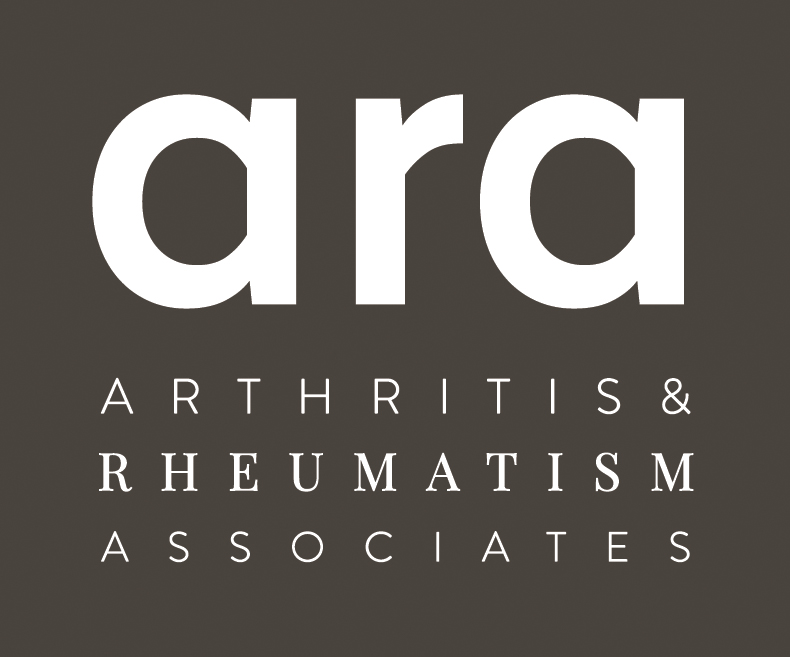Gout
Gout is a severely painful and potentially disabling form of arthritis. Microscopic uric acid crystals will accumulate and deposit in and around joints leading to inflammation.
Gout affects three million Americans. It occurs more in men, postmenopausal women and those with kidney disease.
There are some genetic tendencies and therefore gout can run in families. Gout is rarely found in children and premenopausal females.
There are certain medications that can increase the risk of gout including diuretics, cyclosporine and tacrolimus.
Diets high in purines like red meat, shellfish, sardines and liver also are a risk factor. Excessive alcohol (especially beer) andsodas sweetened with high fructose corn syrup have also been cited as contributors to the development of gout.
Gout is also associated with hypertension, diabetes and hyperlipidemia.
Gout presents initially as one or two severely painful, red, swollen joints usually first presenting in the foot. Fifty percent of first attacks occur in the great toe.
In early stages of the disease, the joints are normal in between attacks.
Although a uric acid blood level is important to obtain, it can be falsely low during an acute attack.
Conversely, an elevated uric acid in the blood does not always present as a clinical case of gout.
There are some special radiology tests called a dual energy scan that can help to diagnose gout. However, a joint aspiration where a small amount of fluid is removed with a needlefrom the inflamed joint and evaluated microscopically is the gold standard for diagnosis.
Treatment can be categorized as acute for the initial flare up and as a maintenance therapy to prevent future flares.
Colchicine, Nonsteroidals or prednisone is used for the acute attack.
Drugs that lower uric acid like allopurinol and Feboxystat are used as maintenance treatment.
A rheumatologist can help confirm the diagnosis and guide you through the treatment process.
Fast Facts
Inflammatory joint disease caused by excess of uric acid in the body.
Symptoms involve attacks of painful and swollen joints lasting up to two weeks.
Commonly involved jointis a big toe but all joints can be affected.
Treatment involves treatment of acute attack and lowering of uric acid level.
Ask a Question
Do you have a question for our physicians about Gout? Send it here and we’ll get back to you within one business day.
Provide your phone number if you’d like us to call you, otherwise we’ll answer your question via email.





